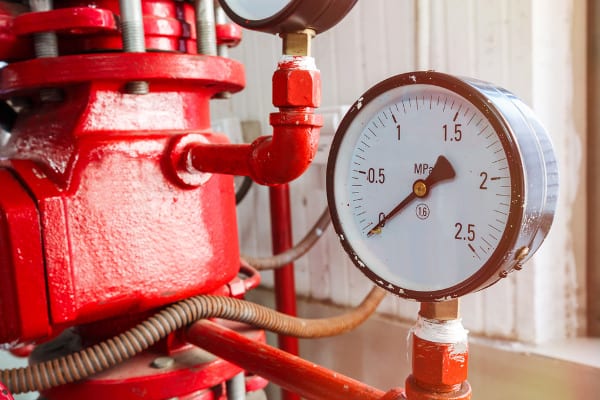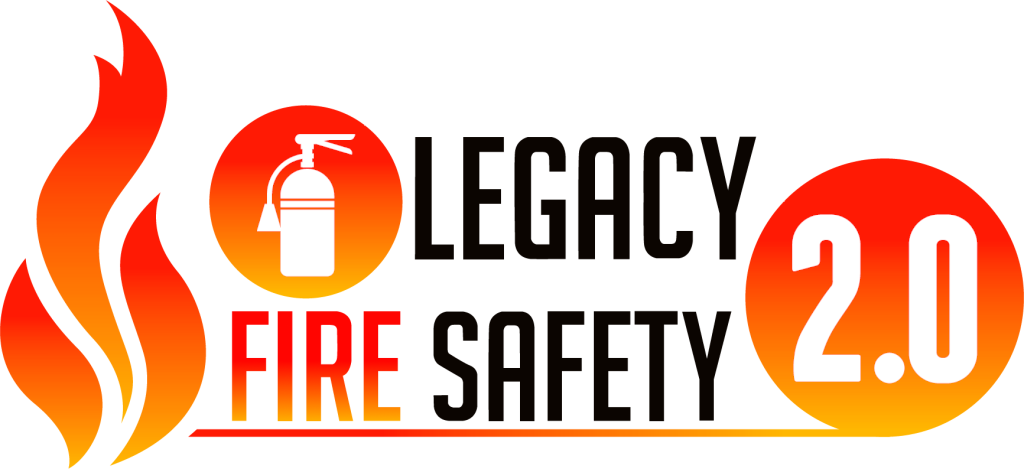A routine fire safety inspection at a Vancouver high-rise turned disastrous when an unexpected surge in water pressure caused severe flooding, highlighting serious lapses in fire safety maintenance practices

The Legacy Fire team was engaged by landlords of a prominent rental portfolio when one of their residential towers was flooded during a routine fire safety inspection. During a routine fire safety check, the fire pump was accidentally activated, causing a high-pressure surge. This surge led to a rupture in the sprinkler system’s piping on the top floors of the building, built in 1972. By the time the problem was identified and the pump turned off, extensive water damage had occurred.
The flooding affected multiple floors and rendered both elevators unusable, causing significant inconvenience and displacement of residents. Furthermore, the damage extended to several penthouse units, which required extensive repairs, including stripping down to the steel studs.
Legacy Fire’s team found that the building lacked important fire suppression equipment vital to regulate water pressure to safe levels.

In order for sufficient water pressure to reach the top of the tower, the base of the sprinkler standpipe is pressurised to a very high level. Specialised Pressure Reducing Valves (PRV’s) lower this water pressure to safe levels before the water enters piping on the floor, which is often made of plastic. PRV’s require routine checks and maintenance to ensure correct operation. Additionally, fire pumps are incredibly powerful. These pumps must be maintained such that a surge, or water hammer, is not introduced into the system as the result can be catastrophic.
The Legacy Fire team discovered that essential pressure gauges and control valves were never installed.
“For years, the system has been improperly tested and maintained. For years, this system has been tested blindly. It’s like a ticking time bomb. “
Our team ensures that high-pressure standpipe systems are in good working order before conducting annual flow tests. We do not take these tests lightly. We have in-house testing protocols designed to minimize the risk of failure and to mitigate damages in the event of equipment failure. We have to recognize when existing systems are deficient and address shortcomings prior to exercising the system. We ensure our team is deployed with proper safeguards in place. Failure to have necessary personnel ready to act when things go wrong is a costly mistake we all pay for in increased insurance premiums. Being displaced from your home due to an inspection gone wrong is not something we want to see happen to one of our clients.These units had to be gutted right down to the steel studs at a significant cost and a major inconvenience to residents.
Questions to ask service providers:
- Does your firm have experience testing fire pump systems?
- Do you carry insurance to test and inspect sprinkler systems?
- What is your plan to mitigate damage if something fails during the test?
We invite property owners and managers to engage our team should they be interested in learning more about how we ensure real estate investments remain compliant with fire regulations while protecting against the risk of catastrophic damages due to water – Is your building equipped with the proper fire suppression equipment? Are your fire safety systems regularly inspected and maintained?
Don’t wait for a disaster to find out.

Leave a Reply